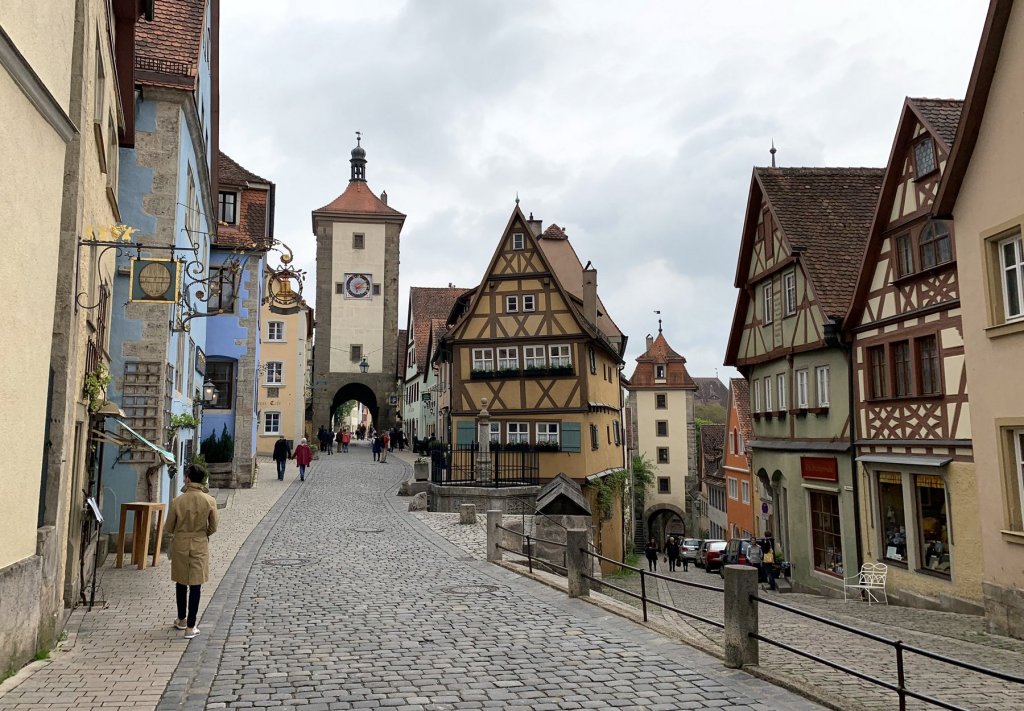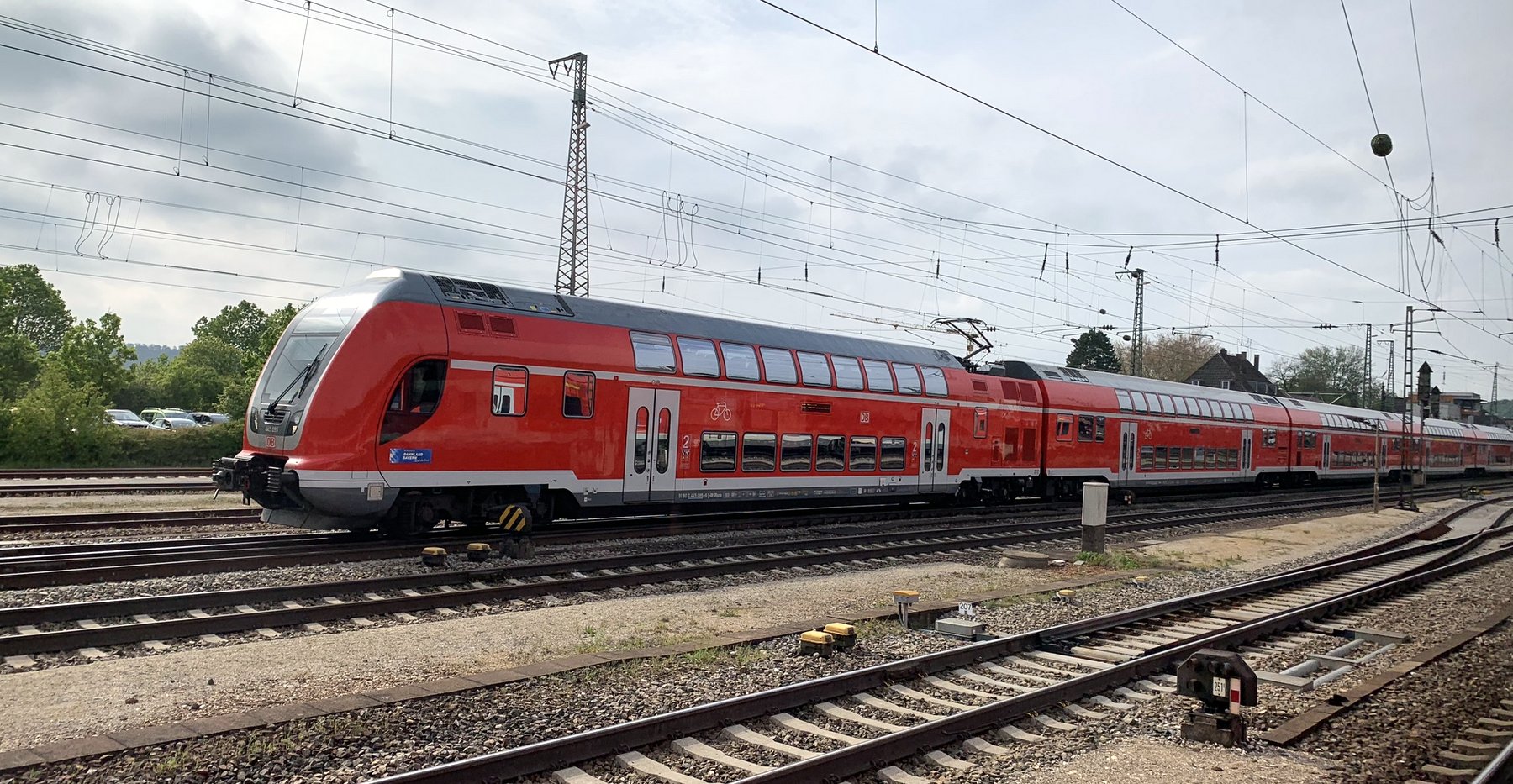Imagine a town fell asleep in the middle ages, only to wake up, unchanged, in the 1900s. Rothenburg ob der Tauber is the best-preserved medieval village in Germany and despite its large numbers of tourists, remains a charming and worthwhile destination.

Located a three-hour train ride from Munich, about half-way to Frankfurt, Rothenburg ob der Tauber is well worth a visit. A German colleague suggested it and her words were echoed by travel writer Rick Steves, it is hopelessly touristy but incredibly charming. Here’s how we approached the visit and suggestions I would add based on our experience.

How to get there
If you are doing a driving trip across Germany, then by car is easy enough. Otherwise, you will have to take the Deutsche Bahn, Germany’s national railroad. While the Germans seem to complain a lot about it, we found it easy-to-use, clean and punctual. From Munich, it takes about three hours and two connections, but this works smoothly.
Visit the ticket office at the Munich main train station and the helpful English-speaking agents will show you options and answer your questions. There is a discounted “Bavaria pass” that offers better train rates and they will offer this to you.
When you arrive in Rotthenburg (note there are multiple Rotthenburgs in Germany – you need to specify “ob der Tauber” which means “above the Tauber” river), there is a map showing the town and it is a five-minute walk up the gentle hill into the old city.

What to do and see
The old city is compact enough, that you could easily wander around. There is an information office in the main square that has maps and free guided tours are held several times a day in English and other languages.
My suggestion: download Rick Steves’ free Audio Europe app, which has many audio guides and a well-made hour-long guided tour of Rothenburg with clear directions.

St. Jakob’s Church is a beautiful structure, formerly Catholic and now Lutheran, you are able to explore the area around the main altar. Be sure to walk behind it, so you can see the additional details on the back side. Also, on the opposite end of the nave, climb the stairs and see the area behind the organ’s pipes. There is a second wooden temple there, which is exquisite in its detail. The entrance fee is modest.

The castle garden towards the western end of town is a quiet place, away from many of the tourists. You can enjoy some fantastic views of the surrounding countryside and appreciate why Rothenburg is so well-situated to defend against marauding hordes.

Walk the walls. A large section of the wall that surrounds the town can be accessed, with stairs located at each tower. You can walk along the sentry’s path, taking in impressive views of the town and peeking through the arrow slits to see the surrounding countryside and the newer section of the town. The section of the town along the walls is quieter and away from most of the tourists. You can safely wander about and explore.
Eating, shopping and sleeping
Restaurants in the town will be mostly touristy – there’s no getting around that. We found a quieter place on Havengasse called Gasthof zur Sonne (Guesthouse under the Sun) also marked at Hotel Sonne on Google Maps. It had nice service and a slightly more sophisticated lunch than the hearty Bavarian food around the corner at the places with menus in eight languages. That said, we did not eat anywhere else so cannot compare.
The main streets are chock-a-block with souvenir shops. We found that with a bit of exploring, there are shops offering interesting items that differ from what is found in other shops. Take some time to explore – Christmas ornaments are especially fitting here.
Should you stay or should you go? While this made a good day trip (left Munich at 7:30 am, back by 8:00 pm) it was a lot of train travel. If we could have spent a night in Rothenburg, that would have allowed us to enjoy the city later in the day once it had quieted down and early in the morning before all the tourists arrive.
